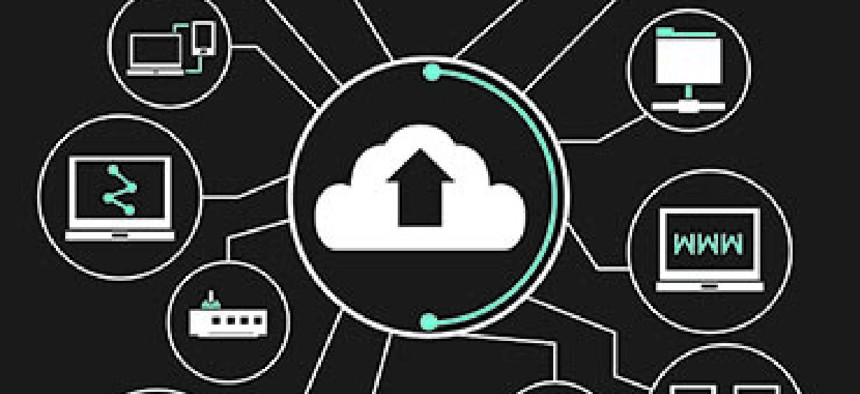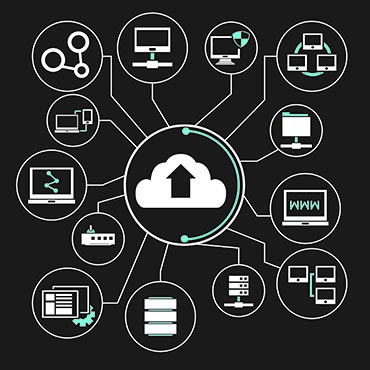Taming the wild west of cloud acquisition

Federal buyers have a variety of ways to approach cloud services. Here are some strategies for cutting through the chaos to find the best solution for your agency.

For acquisition professionals, buying cloud computing is a bit like stepping from a 21st-century city into the Wild West. Federal buyers must move from the known, predictable, more or less standard procurement world into one that is unknown, unfamiliar and as yet untamed.
It's no wonder that in ASI Government's polls of acquisition professionals at 110 federal organizations, 64 percent of respondents believe they lack the necessary technical expertise in cloud computing and thus are challenged in structuring contracts for it.
"There's no exact fit for commercial cloud in the [Federal Acquisition Regulation]," Mark Day, deputy assistant commissioner of the General Services Administration's Office of Integrated Technology Services, told attendees at a March conference on cloud acquisition.
Agencies that have acquired cloud services have done so in different ways, and only with time will it become clear which approaches work best, said Michael McFarland, director of GSA's Office of Acquisition Operations. "When the auditors weigh in, we'll see what works," he added.
Buy 'by the drink'
To help clear up some of the confusion, ASI Government has published two guides for buying cloud computing. We sought to help clarify what "cloud computing" means and find examples of how best to buy it.
"Cloud computing" refers to shared IT resources that agencies can use without investing in hardware and software. Instead, an external party manages the computing resources on its own IT infrastructure for a fee.
Our first cloud advisory likened buying cloud IT to purchasing water. Homeowners and building managers buy water service rather than the water itself, eliminating the need to purify, regulate and distribute the water on their own. Agencies buy cloud computing on the same "as-a-service" model to reduce their need to own and maintain IT equipment and applications.
What's more, buying cloud IT, like purchasing from a water utility, spreads costs and risks across many customers.
Another similarity between water and cloud IT services is that both are purchased "by the drink" -- that is, they are consumed in real time by consumers who pay only for what they use. Water and cloud computing are both available on demand at any time, and consumers serve themselves. Providers supply varying amounts and measure consumption to set fees and allow consumers to monitor their use.
The analogy illustrates an important truth about buying cloud IT services. Like water, cloud computing is a commercial service, so FAR Part 12 can guide buyers. That means cloud customers should consider the operational, cost and compliance impact of deviating from customary commercial practices.
Sidle in small and single-award
As our second advisory suggests, acquisition professionals can start by creating a pilot program that uses a single-award contract with a single cloud services provider to support a well-defined requirement. Using a FAR Part 39 modular approach, they can limit scope and allow for shorter contracts, thereby reducing financial risk and providing a chance for the acquisition team to gain experience.
Although fixed-price contracting has become the common way of paying for goods and services in government, it is not a good fit for buying cloud services. A fixed-price contract is designed to contract for and fund a predetermined level of service, but cloud computing is variable by nature.
For example, if consumption fell below a set level, the contractor would be entitled to keep the remaining funds. Where consumption exceeds agency forecasts, acquisition professionals could modify contracts to add funds, but those actions are costly and time-consuming.
One way to limit some of the problems with fixed-price cloud purchasing is to use a governmentwide multiple-award contract. Services under those vehicles are standard and, therefore, a good fit for a commercial item such as cloud IT. Ordering through those contracts generally reduces the time it takes to award a contract and trims acquisition costs.
GSA is considering adding a new special item number for cloud computing services to its multiple-award IT Schedule 70. The plan is to "increase visibility and access of cloud computing service to customer agencies," according to GSA's July 9 request for proposals on the new SIN.
Lasso the cloud
Other possible strategies include single-agency indefinite-delivery, indefinite-quantity contracts with multiple vendors or requirements vehicles. Requirements contracts, described in FAR Part 16.503, are especially applicable to cloud procurement because they cover all the purchase requirements of a service with performance scheduled through orders against the contract. Requirements contracts traditionally are single-award and have fixed unit prices.
Stand-alone contracts support the modular approach discussed above and are useful for buying cloud support for a single application or program. Cloud brokers managed by federal agencies, such as the Defense Information Systems Agency, or by contractors also are appearing in the federal market.
As Day told the cloud acquisition conference, the hype cycle is ending and now the hard work begins. Given cloud's potential for savings and the Office of Management and Budget's mandate to consider it first for new IT investments, the approach will be around for a while -- long enough, certainly, for acquisition professionals to lasso and tame it for 21st-century use.


